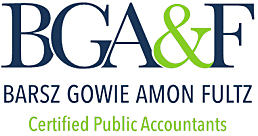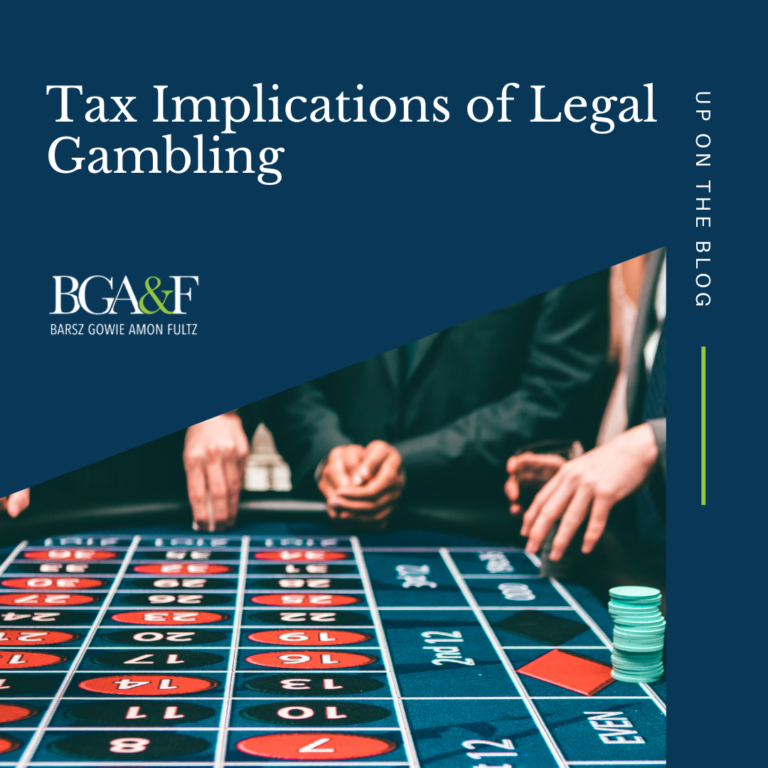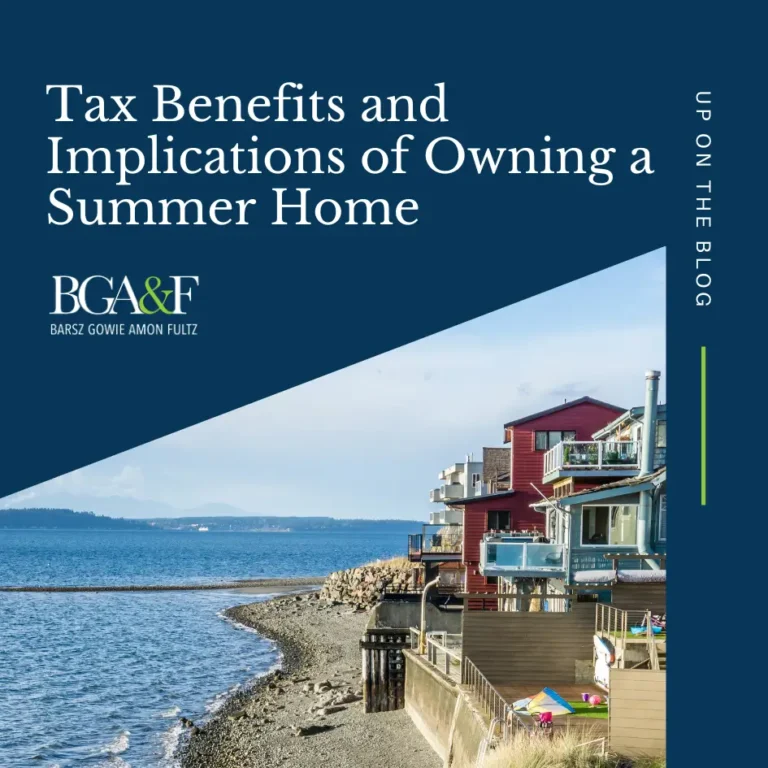What is IRS Rule 72(t)?
Internal Revenue Service (IRS) Rule 72(t) could save you thousands of dollars, allow you to retire early, and ease the pressure during a financial emergency.
In most cases, if you take out funds from your retirement account(s) before you turn 59 ½, you will be charged a 10% penalty. There are some exceptions; for example, if the funds are being used for medical expenses, to purchase your first home, or to pay for college tuition, you would not be subject to the penalty.
Rule 72(t) allows you to take out retirement funds early, for any reason, without having to pay the 10% penalty. Rather than pulling the necessary funds out in a lump sum, which may put you in a higher tax bracket, this rule utilizes a Substantially Equal Periodic Payments (SEPP) program. These payments are subject to income tax but avoid the 10% penalty.
You can choose between three approved SEPP distribution methods: required minimum distribution (RMD), amortization, and annuitization. Through these methods, you can determine the amount you will receive for five years or until you turn 59 ½, whatever comes later. For example, if you are 45, when you start the plan, you would have to continue it for almost 15 years.
The RMD method is calculated yearly, which means the amount you receive varies. The other two methods are fixed from when the program starts until it ends.
Whatever method you select, you will only be able to change it once within the plan’s lifetime, and there are stipulations on what method you are switching to and from.
Should you cancel the plan before the permitted timeframe, you will be subject to the 10% penalty and any interest from deferred penalties.
The plan can be stopped only in certain instances, such as a permanent disability, death, or account depletion.
Distribution Methods
Calculating the various methods can be complex. Bankrate has an online 72(t) calculator, which handles all the equations so you can compare your options quickly.
For information on calculating methods yourself, check out this IRS notice. All methods factor in your account balance, interest rate, and the age of you and your beneficiary.
Rule 72(t) Benefits
- Allows young investors to access retirement funds penalty-free
- No stipulations on what the funds can be used for
- Avoid the 10% penalty and spread-out tax liabilities
- Ability to retire a few years early and avoid the penalty
Rule 72(t) Drawbacks
- Can’t stop or modify payments once they’ve started
- Generally, you can’t contribute, convert, or rollover funds from the retirement account you’re receiving SEPP payments from
- Withdraws are incremental and do not give you access to lump sum amounts
- Can’t withdraw funds from an account managed by an employer you currently work for
Should you utilize this rule?
Generally speaking, this rule tends to favor:
1. Those who are in dire need of funding and have exhausted all other avenues
2. Those who are looking to retire early and have diverse retirement plans
Tapping into retirement funds should always be a last resort. While this rule is not suitable for everyone, it could provide you with the financial freedom you need in certain situations.
Keep in mind that this rule is complex, and there are many nuances that this blog post could not cover. Our team of certified public accountants can help determine if this rule is right for you. Feel free to contact us here.




